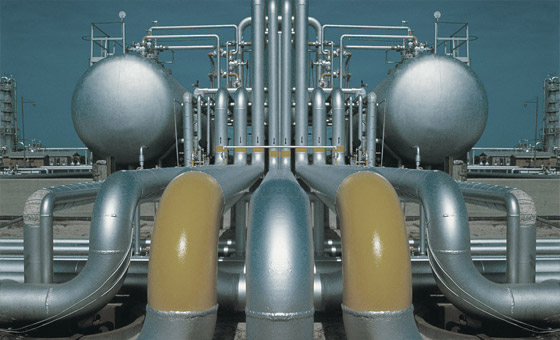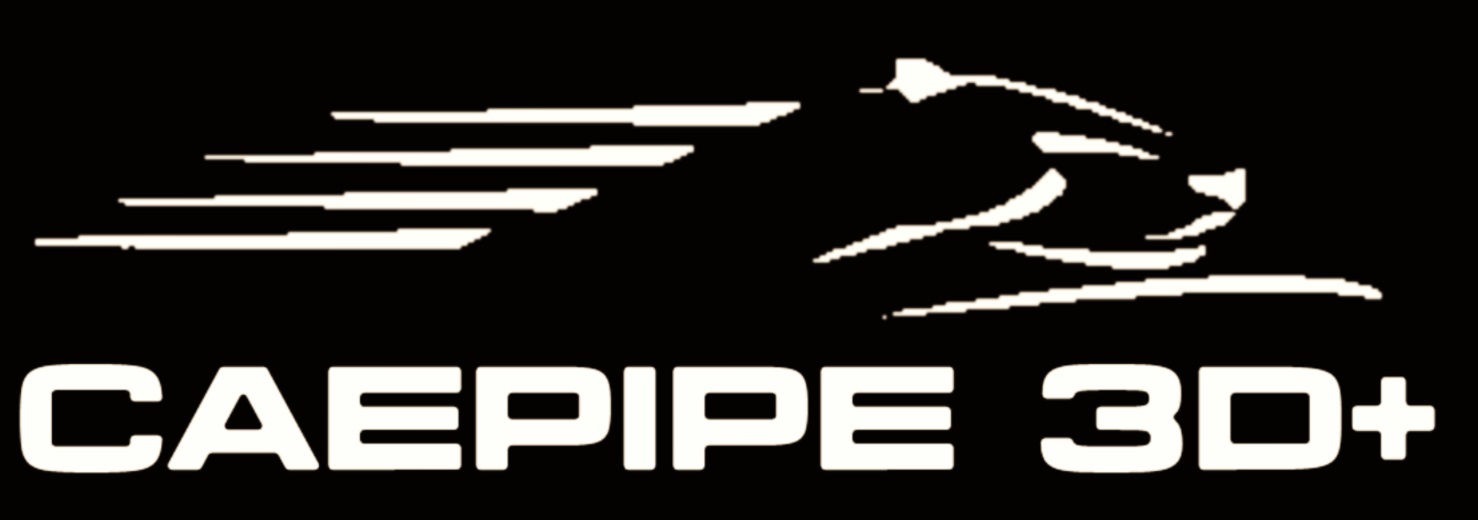Software Solutions
- CAEPIPE 3D+
- dataTRANSLATORS
- checkSTRESS
- HOTclash
- PEXit
- Pricing Request
- Download CAEPIPE 3D+
- Download Free Evaluation
- Download Free Review Module
- Customer Support
Engineering Services
- Design and Engineering
- INFOplant™ System
- Engineering Management
- List of Projects
- Project Gallery
- Project Videos
Learn More
Company Information

SST Systems, Inc. (SST), incorporated in the year 1983, is a premier provider of Software Solutions and Engineering Services. Our fields of speciality are Piping Stress Analysis, Plant Layout, Piping Design & Engineering, and Information Management Software for Industrial Plants and Facilities worldwide.
Here is a list of Software Solutions and Engineering Services currently offered. Our Software Solutions offer flexibility to suit your business needs where they can be deployed in your premises or in the cloud.
- CAEPIPE 3D+™, Pipe Stress Analysis Software
- Piping Design Software such as checkSTRESS™ and HOTclash™
- Data Translators for PDMS, CADMATIC, PDS, SmartPlant 3D, AutoCAD Plant 3D, CATIA, PCF, TRIBON, STAAD, CAESAR II etc.
- Design and Detail Engineering Services
- INFOplant™, An Integrated Information Management System
SST provides the above solutions and services to EPC Contractors, Owner Operators and Engineering Consultants involved in the following fields.
|
|
Our Design and Detailed Engineering solutions and services are guided and managed by a team of experienced Engineering Management personnel.
Basic Pipe Stress Concepts for Piping Professionals
Piping systems experience different loadings, categorized into three basic loading types, namely Sustained, Thermal and Occasional loads.
Sustained Load:
It mainly consists of internal pressure and dead-weight. Dead-weight is from weight of pipes, fittings, components such as valves, operating fluid, test fluid, insulation, cladding, lining etc.
Internal design/operating pressure develops uniform circumferential stresses in the pipe wall, based on which pipe wall thickness is determined during the process/P&ID stage of plant design such that "failure by rupture" is avoided. In addition, internal pressure develops axial stresses in the pipe wall. These axial pressure stresses vary only with pressure, pipe diameter and wall thickness, all three of which are pre-set at the P&ID stage and hence these axial pressure stresses cannot be reduced by changing the piping layout or the support scheme.
On the other hand, dead-weight causes the pipe to bend (generally downward) between supports and nozzles, producing axial stresses in the pipe wall (also called "bending stresses"); these bending stresses linearly vary across the pipe cross-section, being tensile at either the top or bottom surface and compressive at the other surface. If the piping system is not supported in the vertical direction (i.e., in the gravity direction) excepting at equipment nozzles, bending of the pipe due to dead-weight may develop excessive stresses in the pipe and impose large loads on equipment nozzles, thereby increasing the susceptibility to "failure by collapse".
Various international piping codes impose limits, also called "allowable stresses for sustained loads", on these axial stresses generated by dead-weight and pressure in order to avoid "failure by collapse".
For the calculated axial stresses to be below such allowable stresses for sustained loads, it may be necessary to support the piping system vertically. Typical vertical supports to carry dead-weight are:
- Resting steel supports,
- Rod hangers,
- Variable spring hangers, and
- Constant support hangers.
Both rod hangers and resting steel supports fully restrain downward pipe movement but permit pipe to lift up at such supports. If pipe lifts up at any of the rod hangers / resting supports during operating condition, then that support does not carry any pipe weight and hence will not serve its purpose.
Two examples are presented to illustrate how piping can be supported by spring hangers and resting steel supports to comply with the code requirements for sustained loads.
Thermal Load (also referred as Expansion Load):
It refers to the "cyclic" thermal expansion/contraction of piping as the system goes from one thermal state to another thermal state (for example, from "shut-down" to "normal operations" and then back to "shut-down"). If the piping system is not restrained in the thermal growth/contraction directions (for example, in the axial direction of a straight pipe), then for such cyclic thermal load, the pipe expands/contracts freely; in this case, no internal forces, moments and resulting stresses and strains are generated in the piping.
On the other hand, if the pipe is "restrained" in the directions it wants to thermally deform (such as at equipment nozzles and pipe supports), such constraint on free thermal deformation generates cyclic thermal stresses and strains throughout the system as the system goes from one thermal state to another. When such calculated thermal stress ranges exceed the "allowable thermal stress range" specified by various international piping codes, then the system is susceptible to "failure by fatigue". So, in order to avoid "fatigue failure" due to cyclic thermal loads, the piping system should be made flexible (and not stiff). This is normally accomplished as follows:
- Introduce bends/elbows in the layout, as bends/ elbows "ovalize" when bent by end-moments, which increases piping flexibility.
- Introduce as much "offsets" as possible between equipment nozzles (which are normally modeled as anchors in pipe stress analysis).
For example, if two equipment nozzles (which are to be connected by a pipeline) are in line, then the straight pipe connecting these nozzles is "very stiff". On the other hand, if the two equipment are located with an "offset", then their nozzles will have to be connected by an "L-shaped" pipeline which includes a bend/elbow; such "L-shaped" pipeline is much more flexible than the straight pipeline mentioned above. - Introduce expansion loops (with each loop consisting of four bends/elbows) to absorb thermal growth/contraction.
- Lastly, introduce expansion joints such as bellows, slip joints etc., if warranted.
In addition to generating thermal stress ranges in the piping system, cyclic thermal loads impose loads on static and rotating equipment nozzles. By following one or more of the steps from (a) to (d) above and steps (e) and (f) listed below, such nozzle loads can be reduced. - Introduce "axial restraints" (which restrain pipe in its axial direction) at appropriate locations such that thermal growth/contraction is directed away from equipment nozzles, especially critical ones.
- Introduce "intermediate anchors" (which restrain pipe movement in the three translational and three rotational directions) at appropriate locations such that thermal deformation is absorbed by regions (such as expansion loops) away from equipment nozzles.
A few example layouts are presented to illustrate how loops/offsets, axial restraints and intermediate anchors are used to reduce thermal stresses in piping (and resulting nozzle loads).
Occasional Load:
This type of load is imposed on piping by occasional events such as earthquake, wind etc. To protect piping from wind (which normally blows in horizontal plane), it is normal practice to attach "lateral supports" to piping systems. During an earthquake, the earth may also move vertically. To protect piping against both horizontal and vertical movement during earthquake, some of the resting supports may be made as "integral 2-way vertical and lateral restraints".
Fortunately, to carry sustained loads, normally vertical supports (as those listed under the Section titled "Sustained Load" above) are required. To withstand static seismic 'g' loads, "integral 2-way vertical and lateral restraints" are required. Generally, some of the vertical weight supports can be modified as "integral 2-way vertical and lateral restraints". On the other hand, for thermal loads, zero supports give zero stresses. So, thermal stresses and equipment nozzle loads will normally decrease as the number of supports goes down. Axial restraints and intermediate anchors are recommended only to direct thermal growth away from equipment nozzles.


